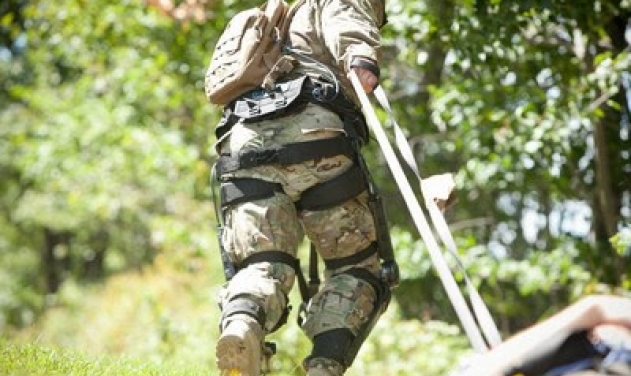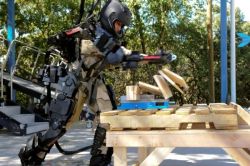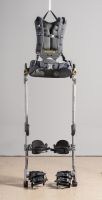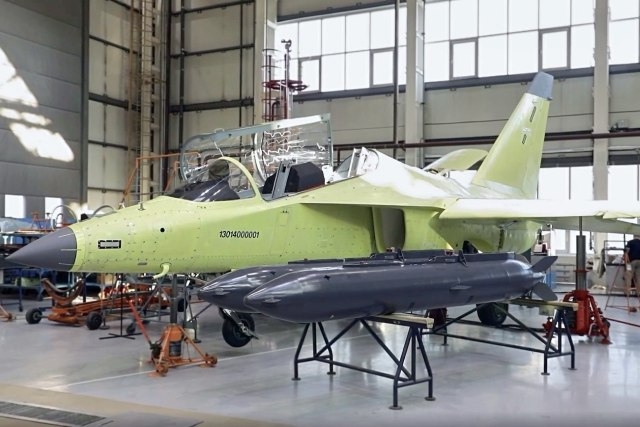Lockheed Martin Designs Exoskeleton Technology To Assist Soldiers Carry Heavy Equipment
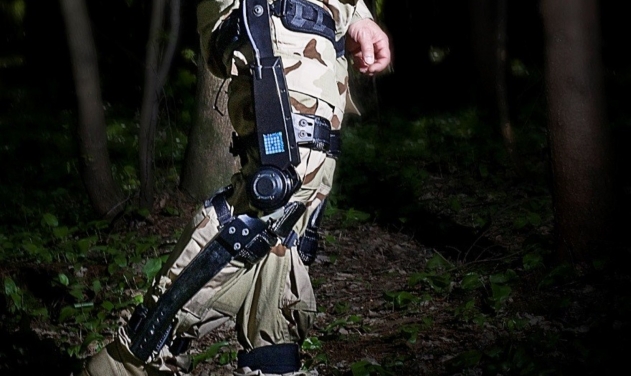
Lockheed Martin has designed FORTIS Knee Stress Release Device (K-SRD) that uses Dermoskeleton bionic augmentation technology to increase mobility and carrying capability for soldiers.
The firm has designed the exoskeleton to assist soldiers who work in extreme conditions and environments and face problems like exhaustion and injury in light of the heavy equipment and gear that many soldiers are required to carry.
The global security and aerospace company developed a computer-controlled exoskeleton that counteracts the stress on the lower back and legs.
The FORTIS Knee Stress Release Device (K-SRD) uses licensed Dermoskeleton bionic augmentation technology to increase mobility and carrying capability, the company announced Tuesday.
During physically demanding tasks that require repetitive or continuous movements like kneeling, squatting, lifting, dragging, carrying of climbing with heavy loads, the FORTIS K-SRD supports and boosts leg capacity.
“FORTIS K-SRD features military-specification batteries that are approved for infantry use, improved control box ergonomics and faster actuators that generate more torque,” said Keith Maxwell, FORTIS program manager at Lockheed Martin Missiles and Fire Control.
“These system upgrades resulted from soldier feedback on the initial design.” Maxwell added.
The exoskeleton includes sensors that collect data and report on the soldier’s speed, direction and angle of movement to an on-board computer that drives electro-mechanical actuators at the knees. The exoskeleton delivers the right torque at the right time to assist knee flex and extension.
One of the benefits of using this exoskeleton device is that it will reduce the energy needed to cross terrain, squat or kneel. These benefits are most noticeable when ascending or descending stairs or navigating inclined surfaces.
And although the device was imagined for use by soldiers, versions of the exoskeleton are also available for industrial workers and first responders who are required to perform difficult tasks in challenging environments.
“For any mission that combines heavy man-portable gear and climbing, FORTIS K-SRD can enhance strength and endurance,” Maxwell said.
